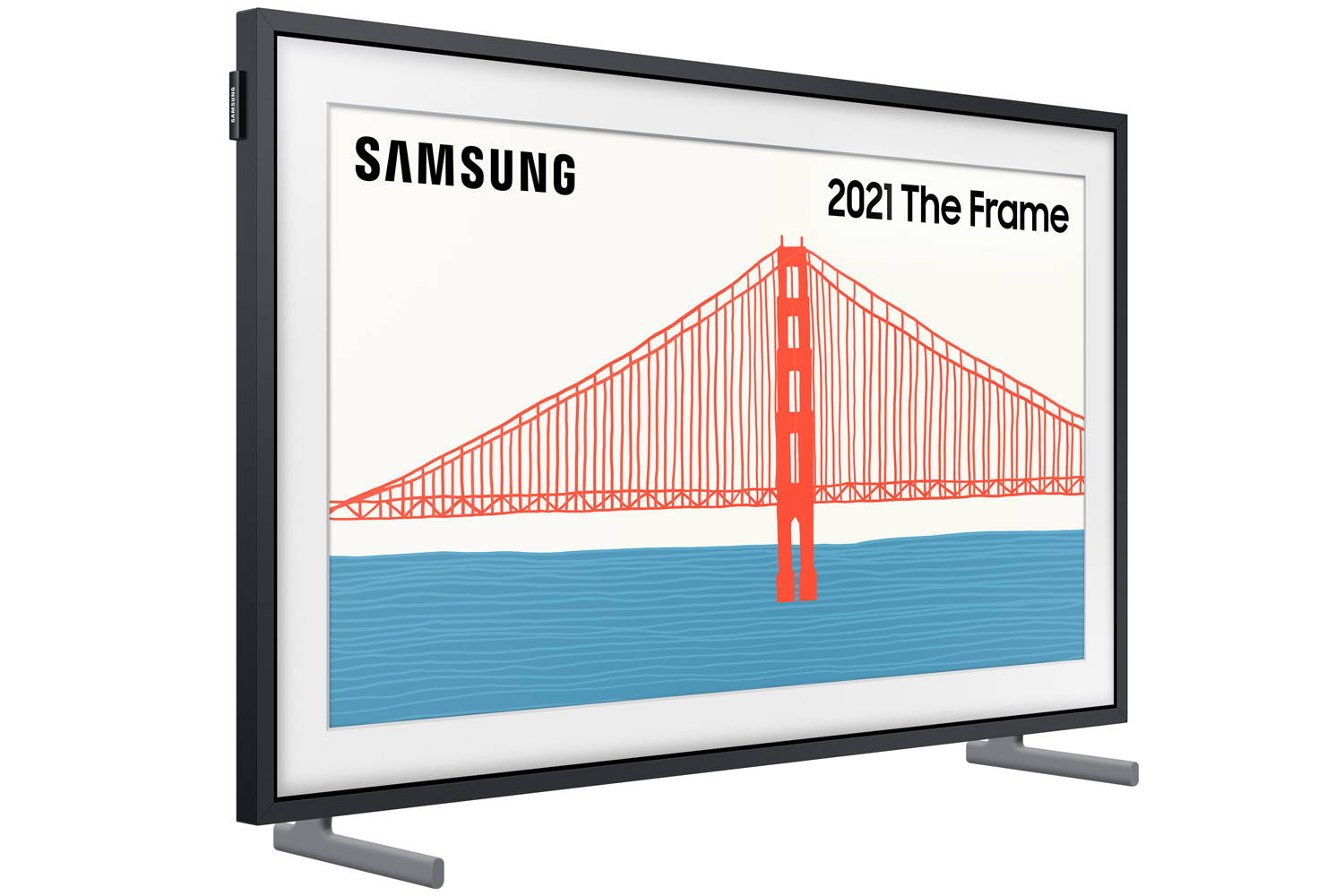5 Trends in TVs to Know in 2024 — What Features to Look Out for, and What We're Leaving Behind
These are the things to look out for as upgrade time for your TV approaches
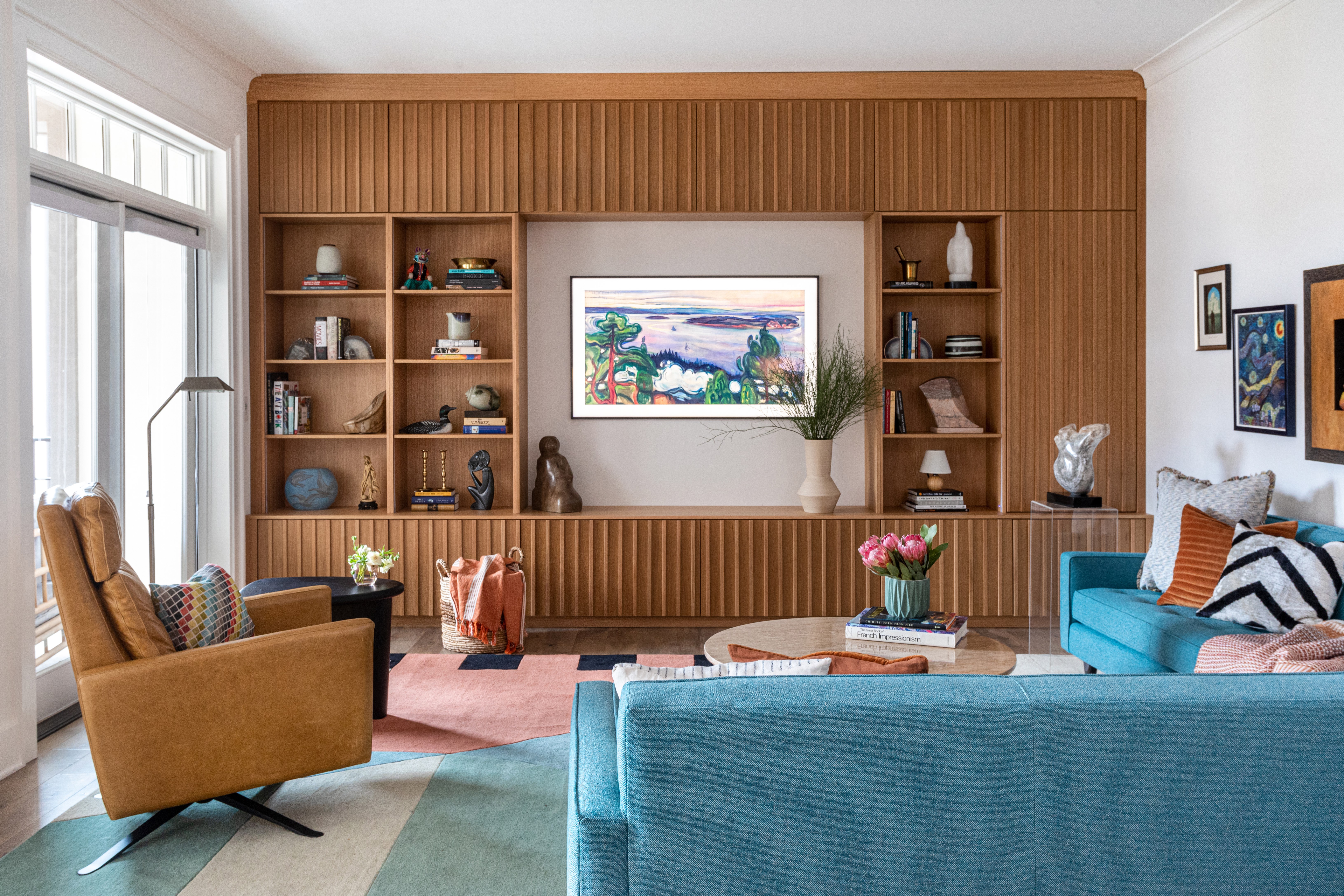

We’re living in a golden age of television. With so much to choose across the various streaming platforms, it makes sense to have a TV to make the best of it. But what sort of things should you be looking for in your next upgrade?
Here are some of the current trends from the best TV brands — and possibly something that may not be all it’s cracked up to be.
1. TVs hidden in plain sight
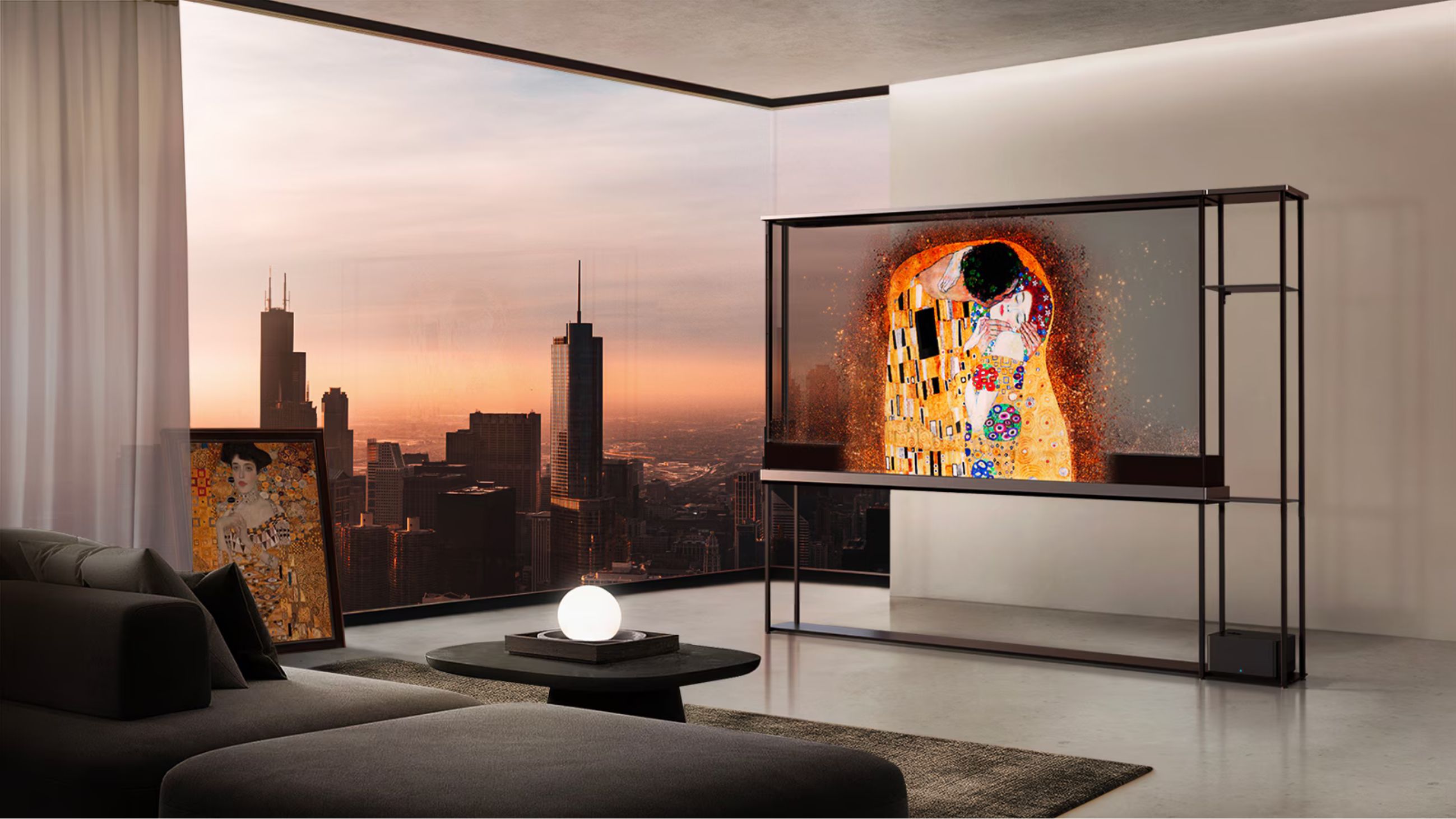
While most people would prefer the biggest screen they can afford for a fully immersive experience, the difficulty is that — as a general rule — the larger the panel, the more of an eyesore the TV set.
TV manufacturers have various approaches to try and square that circle — and some of the ideas are genius. One niche television set from LG can roll up when not in use, for example, and the company is also working on a transparent TV to go on sale later this year (something Samsung also has plans for).
The trouble is that these solutions are not cheap, or even moderately pricey. The rollable display launched at $100,000, and while transparent TVs may not quite hit that price when they arrive, expect something that will cost more than the best 85-inch TVs.
There’s a middle ground. With its matte screen, Samsung’s popular ‘The Frame’ TV aims to moonlight as a piece of framed art when not in use. And seven years on from the first generation, competition in this space is finally heating up, with HiSense set to release its own rival — CanvasTV — later this summer. Prices start at $999 for a 55-inch version — $500 less than the equivalent size from Samsung.
2. Or something more portable?
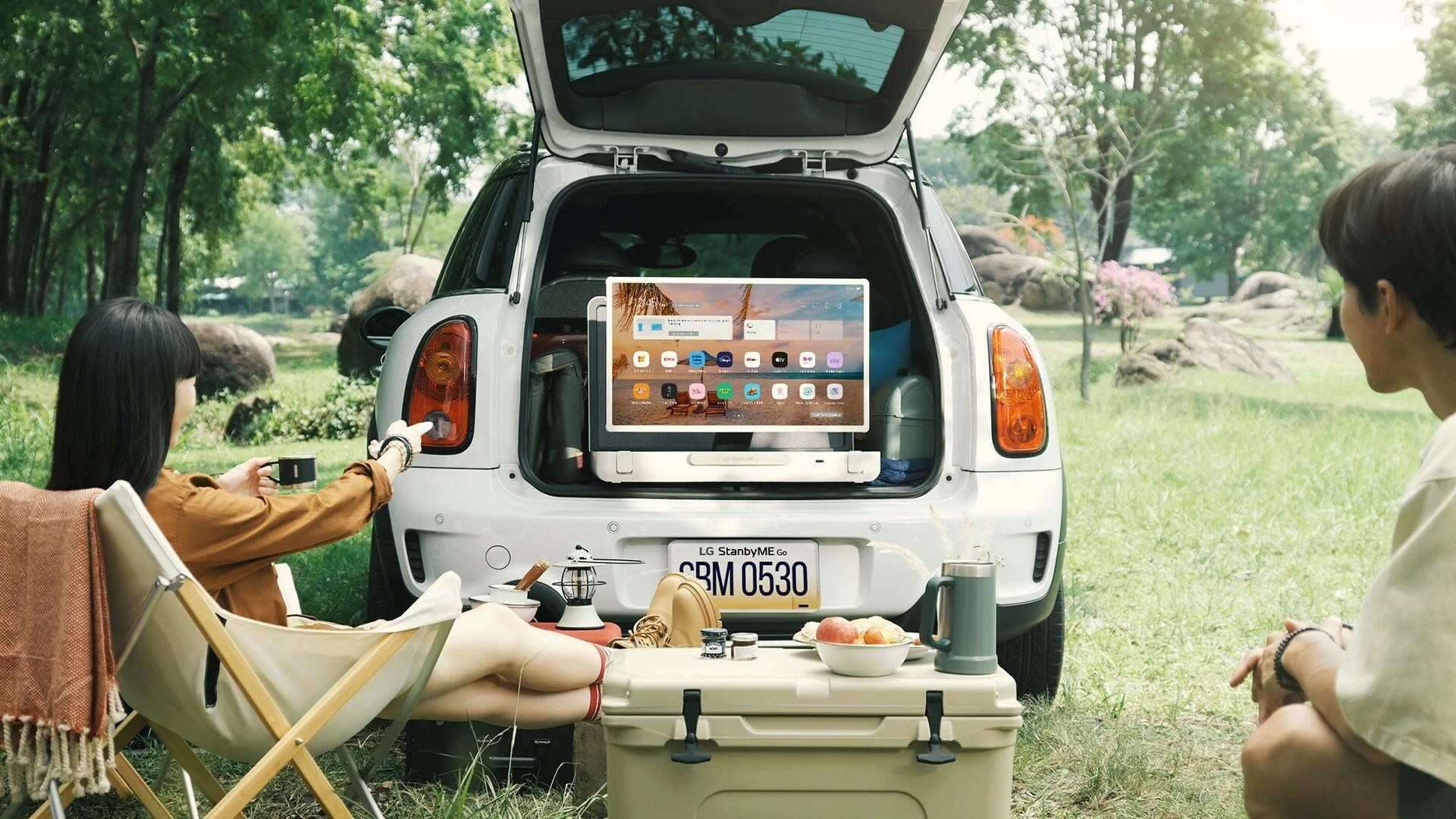
That’s great for the home, but what about something for when you’re on the road? LG appears to think that there’s a gap in the market here, and last year released its portable 27-inch TV: StanbyMe Go.
Packed in a suitcase weighing 28 pounds, you could argue this is actually a very big tablet — even if it runs LG’s webOS. All the same, with three hours’ battery and an outdoor picture mode, it could be perfect for those longer road trips.
For something more compact, there are also the best projectors to consider. Once a niche product, these have improved a lot in recent years and offer significant advantages: a picture that fills your wall (indoor or out) and no ugly frame when not in use. They’re unlikely to replace your TV completely, but they have their place.
3. Better screen tech than ever
For years, OLED has been the gold standard in the best TVs, offering unbeatable picture quality and deeper blacks thanks to each pixel self illuminating (in other words, dark areas are the absence of light offering essentially infinite contrast). The price has come down a lot, and now quality OLED screens are available cheaper than ever.
However, they’re not without their drawbacks — specifically that they don’t get as bright as their LED counterparts.
For that reason, you may want to make your next screen QD-OLED. This builds on OLED with Quantum Dot (the “QD” in the acronym) technology, which improves on brightness and color, while maintaining the contrast and perfect blacks. Consider the Samsung S95 range or Sony’s A95 range if you like the sound of that.
4. Artificial intelligence boosting features
Unsurprisingly, given the rate at which artificial intelligence seems to be being adopted in all modern technology, TVs are beginning to take advantage.
As our sister site, TechRadar, points out, this was on full display at this year’s CES (Consumer Electronics Show), with the likes of Samsung, LG, HiSense and TCL all talking up the AI capabilities of their processors.
What does that mean to you, the viewer? Well it means better upscaling of lower resolution content (think DVD or Blu Ray source to 4K-like output), noise reduction on the fly, and even the ability to ‘remaster’ old content with HDR-like effects in real time.
But that could just be the beginning. LG talked up its AI Director Processing, that analyzes a director’s color palette for each shot in a movie to “enhance the color expression.” Samsung, meanwhile, is working on AI Motion Enhancer Pro which uses artificial intelligence to detect the ball in live sports and replace it on a frame-by-frame basis to motion blur. Clever stuff.
5. 8K… in decline?
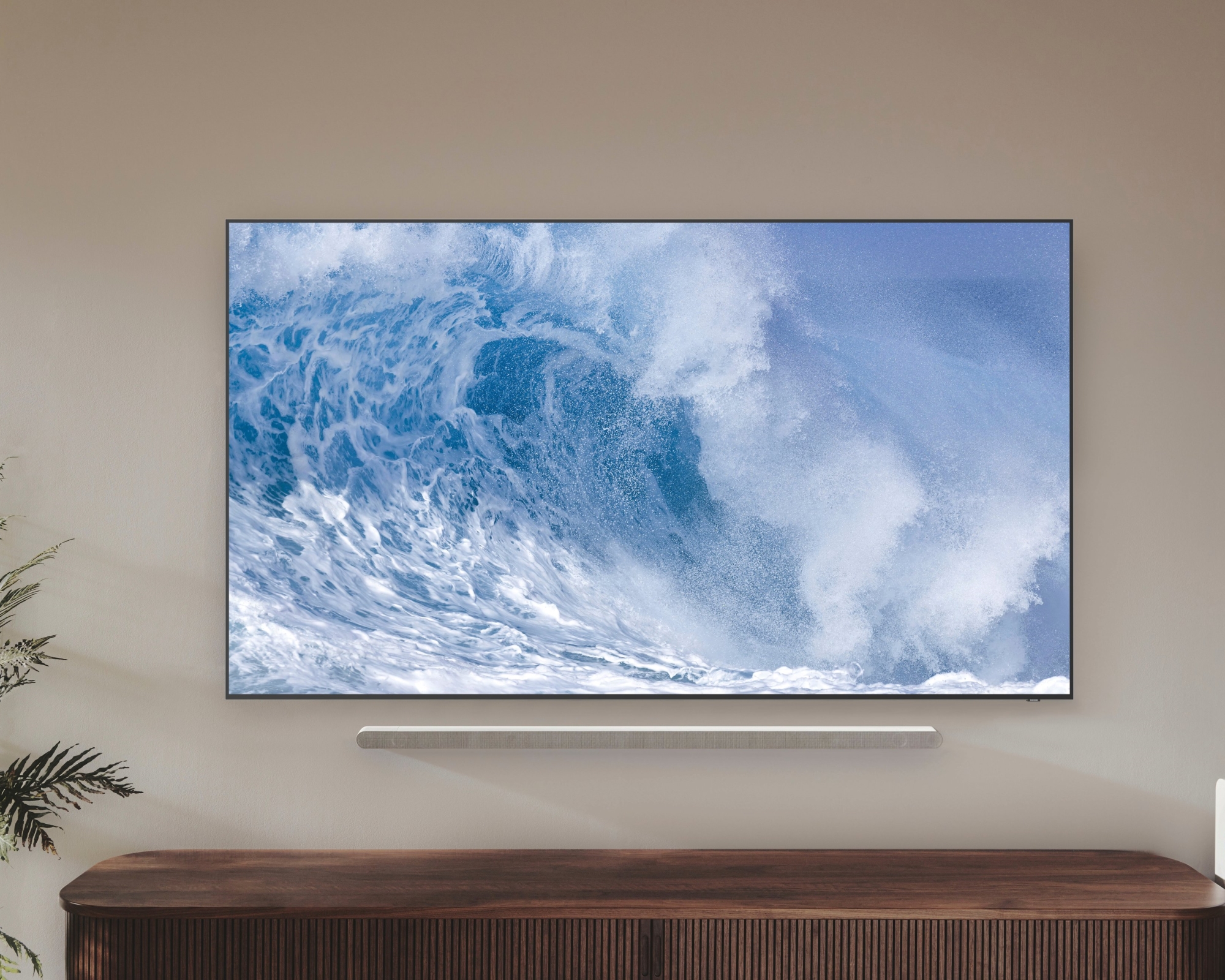
But what about 8K? 8K TVs have been available to buy since 2018, and in theory offer a big upgrade on 4K television. After all, with a resolution of 7,680 x 4,320, they offer provide four times the pixels of 4K.
The trouble is that in the six years since 8K has been commercially available, we’re no closer to having any actual content filmed in that resolution to take advantage.
Yes, there’s some test YouTube footage, but it’s hardly enough to justify the extra cost involved and intelligent upscaling can only get you so far. It’s also an open question as to whether the human eye can tell the difference between 4K and 8K resolution at the kind of distance people like to watch TV from.
Consumers seem to have cottoned onto this, and as a result, big manufacturers appear to be backing away from 8K TVs. For the moment at least, most buyers would be better off getting a great 4K TV than a middle-of-the-road 8K model.
Be The First To Know
The Livingetc newsletters are your inside source for what’s shaping interiors now - and what’s next. Discover trend forecasts, smart style ideas, and curated shopping inspiration that brings design to life. Subscribe today and stay ahead of the curve.

Freelance contributor Alan has been writing about tech for over a decade, covering phones, drones and everything in between. Previously Deputy Editor of tech site Alphr, his words are found all over the web and in the occasional magazine too. He often writes for T3 and Tom's Guide. When not weighing up the pros and cons of the latest smartwatch, you'll probably find him tackling his ever-growing games backlog. Or, more likely, playing Spelunky for the millionth time.
-
 These Are the Flower Crowns I’m Wearing This Spring (Spoiler: They’re Actually for My Door)
These Are the Flower Crowns I’m Wearing This Spring (Spoiler: They’re Actually for My Door)Coachella confirmed the comeback of flower crowns. At home, they just go by another name: the spring wreath
By Julia Demer
-
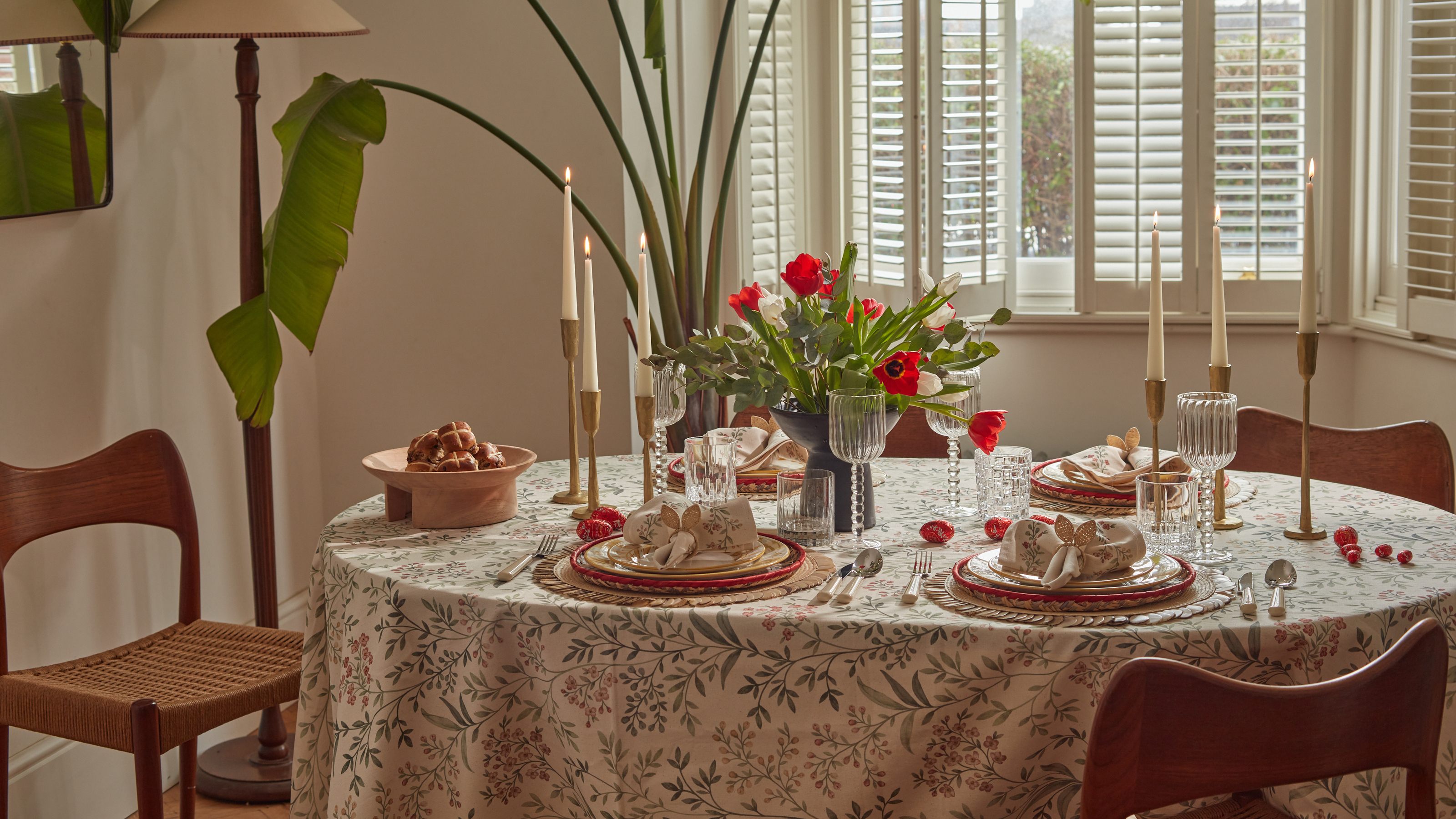 Bunny Ears, Be Gone — 7 Easter Table Styling Mistakes That Will Take Your Setting from Tawdry to Tasteful
Bunny Ears, Be Gone — 7 Easter Table Styling Mistakes That Will Take Your Setting from Tawdry to TastefulFrom fussy floral displays that disrupt conversation to over-relying on tacky tropes, don't fall victim to these errors when decorating your Easter table
By Lilith Hudson
